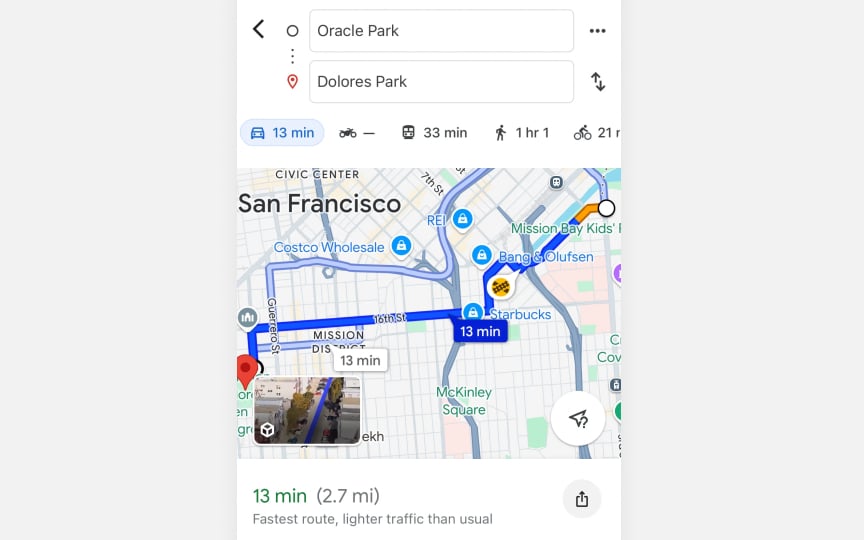Creating user-centered performance indicators
Technical metrics like accuracy and latency matter, but they don't capture what users actually experience. An AI might be 99% accurate yet frustrate users constantly. The missing link is translating technical performance into human-centered measures that reflect real value.
User-centered indicators focus on outcomes, not algorithms. Instead of measuring how fast the AI responds, measure whether users complete their tasks successfully. Rather than tracking prediction accuracy, track whether predictions help users make better decisions. The shift from system metrics to user metrics changes everything.
Good user-centered indicators include:
- Task completion rate, not just attempt rate
- Decision confidence after AI assistance
- Time saved on meaningful work
- Errors prevented in real scenarios
- User autonomy and control preserved
These metrics require more effort to collect but provide clearer insights. They might involve user studies, surveys, or behavioral analysis. The investment pays off by revealing whether the AI actually helps or just looks impressive on paper.

